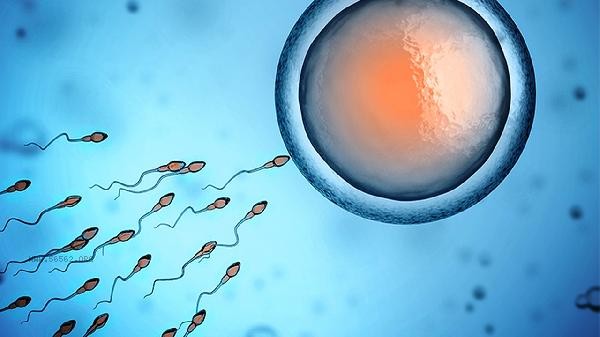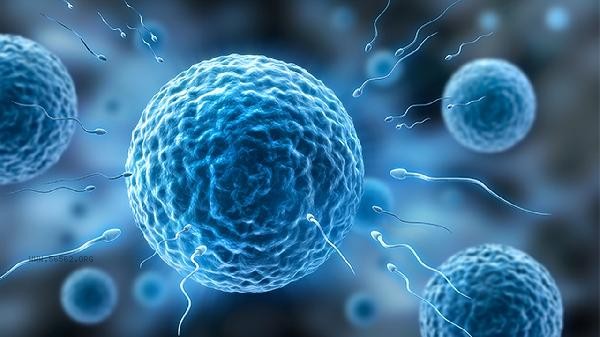The normal sperm rate of only 1% may be caused by genetics, environmental factors, lifestyle habits, or diseases. It is recommended to seek medical attention as soon as possible for a comprehensive examination, and to increase the chances of conception through drug treatment, improving lifestyle habits, or assisted reproductive technology.

1 The influence of genetic factors:
Sperm quality may have a certain relationship with genetics. For example, chromosomal abnormalities, gene mutations, and other conditions may lead to abnormal sperm production or decreased function. This type of problem cannot be improved on its own and requires the use of professional assisted reproductive technologies such as in vitro fertilization or micro insemination to increase the likelihood of pregnancy.
2 Environmental factors and external influences:
Chemical pollution in the environment, such as exposure to heavy metals, pesticides, industrial chemicals, and exposure to high temperatures, such as prolonged hot baths, saunas, etc., may lead to impaired sperm production. It is recommended to avoid contact with these environments as much as possible and take protective measures to improve lifestyle. During this period, one can also consume foods rich in zinc, selenium, and other nutrients that are beneficial for sperm health, such as nuts, pumpkin seeds, and fish.
3 Lifestyle Habits and Stress:

Long term bad habits such as smoking, alcohol abuse, prolonged sitting, and staying up late can all affect the production and quality of sperm. Excessive mental stress can also disrupt the endocrine system, causing fluctuations in testosterone levels and ultimately damaging reproductive ability. Adjusting one's daily routine, quitting smoking and drinking, and engaging in appropriate activities such as jogging and swimming can help improve sperm quality.
4 Physiological diseases or physical problems:
Reproductive organ diseases such as cryptorchidism, varicocele, orchitis or systemic diseases such as diabetes and thyroid diseases may also lead to abnormal spermatogenesis. The treatment methods include medication such as drugs that regulate endocrine function and improve reproductive organ inflammation, surgical treatment such as varicocele ligation, or active control of chronic diseases.
5 Assistance with Assisted Reproductive Technology:
If the above treatments do not show significant improvement, assisted reproductive technology can be used to increase fertility rates. For example, the microinjection technique ICSI can select the healthiest sperm and directly inject them into egg cells, which to some extent breaks through the limitations of low sperm quality and quantity. The normal rate of sperm is only 1%, which is not impossible to improve. Low sperm quality may be caused by factors such as diseases, environment, and genetics, and needs to be diagnosed through scientific examination. Seeking professional advice as soon as possible to develop a systematic treatment plan and combining it with good lifestyle habits can significantly improve fertility opportunities.





Comments (0)
Leave a Comment
No comments yet
Be the first to share your thoughts!